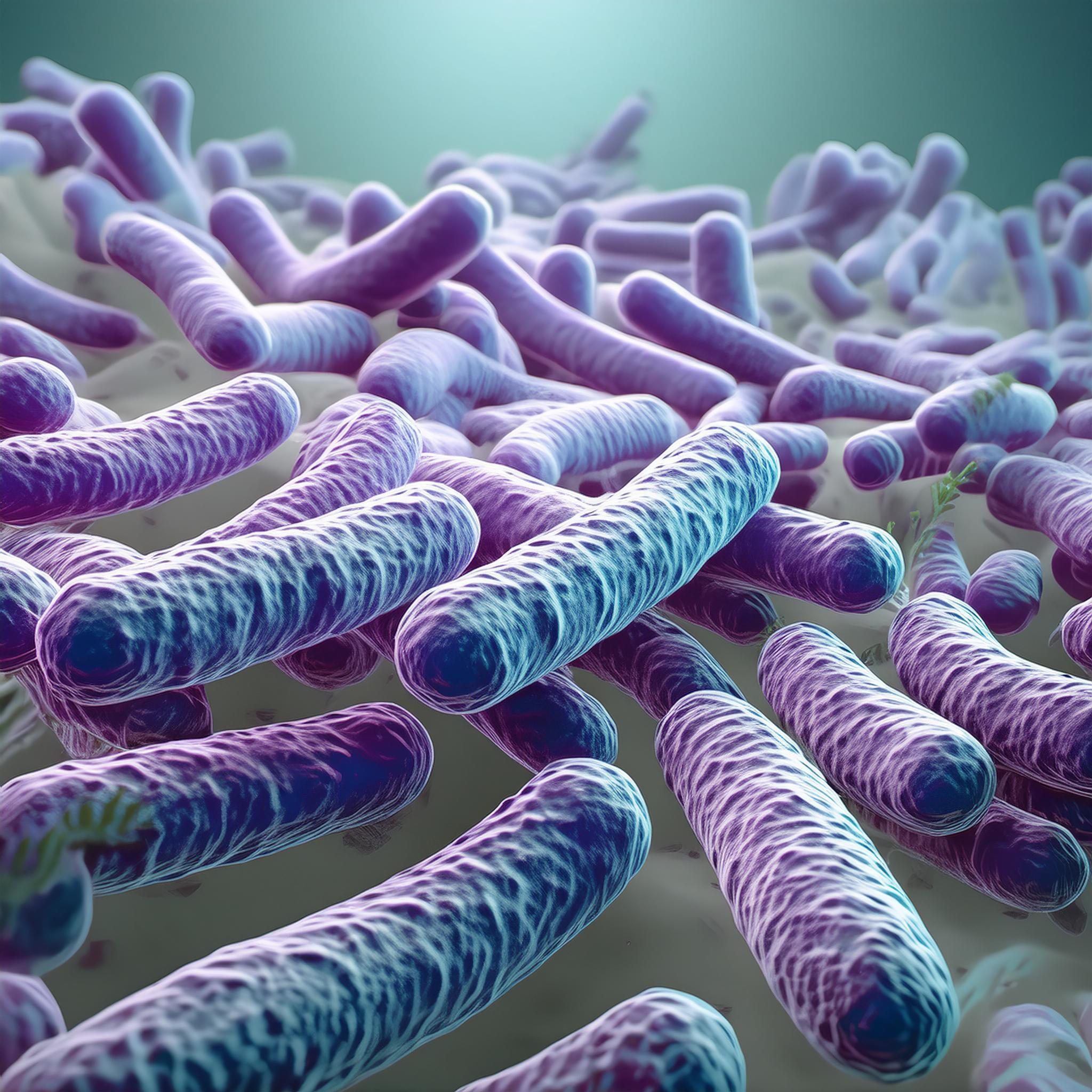Diseases
Bartonella
Bartonellae are vector-transmitted, intracellular, gram-negative bacteria that can trigger prolonged infections.
Diverse clinical presentations and natural vectors
A wide range of diseases can be triggered by infections with Bartonella in both immunocompetent and immunocompromised individuals. There are several Bartonella subspecies that can cause illness in humans, notably Bartonella henselae and Bartonella quintana. Persistent infections in humans and animals (domestic and wild) arise from a reservoir of Bartonella species in nature, which serves as the source of human infections.

The Stealthy Threat of Bartonella: A Wide Range of Risks to Human Health
This group of bacteria can cause a variety of diseases in humans. Infections can occur in both healthy and immunocompromised individuals and often originate from a natural reservoir in the animal kingdom. Caution is warranted, as Bartonella poses a serious threat that is often difficult to detect.
Our tests
Appropriate for Bartonella
Analytes (Measurands) marked with a * are not accredited. **Note: This procedure is not available in the USA.
Further informations
Bartonella
- Bartonella henselae (cat scratch disease by cats and ticks)
- Bartonella quintana (trench fever by lice)
- Bartonella bacciliformis (carrions disease by sand flies)
- Bartonella clarridgeiae (cat flea)
- Bartonella elizabethae (very rare) (gram negative, optional intracellular in endothel-cells / erythrocytes)
- cat-scratch surface wounds (25,000 cases are reported in the USA annually)
- Ixodes ricinus (Germany/Europe: up to 40% contaminated ticks)
- Ixodes scapularis (deer tick)
Typical symptoms:
Papulae/rash and regional lymphadenopathy
Atypical symptoms:
tiredness (nearly 100%), headache (80%), amyostasia, muscle twitches, tremors, seizures, fever in the mornings (30%, in phases up to six weeks, otherwise 1-3 weeks), chills, skin pain, swollen lymphnodes, arthralgia (often), myalgia, insomnia, depression, agitation, severe mood swings, amentia, lack of concentration and alertness, dizziness, anxiety, outbursts, antisocial behaviour, restlessness, gastritis, intestinal symptoms, sore soles (especially in the morning), tender subcutaneous nodules along the extremities, occasional lymphadenopathy and light sweats
incubation time:
3–38 days
- endocarditis
- bacilliary angiomatosis
- retinitis
- epilepsy
- aseptic meningitis
- hepatosplenomegalia
- tonsillitis
- cerebral arteritis
- encephalitis
- bites by ticks
- lice
- sand flies
- scratches by cats
- immune suppression (children)
